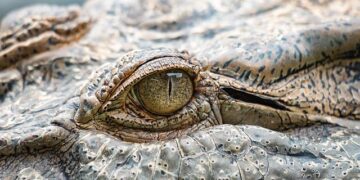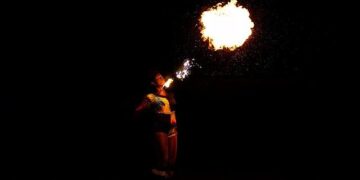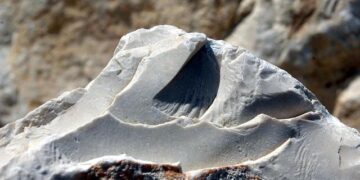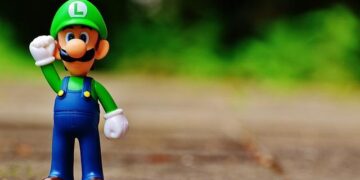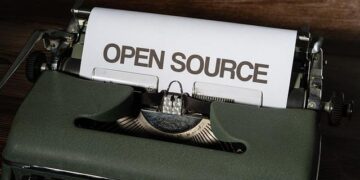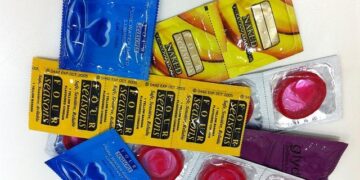ByParissa DJangi
Published October 16, 2023
• 8 min read
It was Halloween, 1936. A crowd of 300 people gathered at the Hollywood Knickerbocker Hotel. They had come to see a ghost.
Legendary illusionist Harry Houdini had died on Halloween 10 years earlier, and his widow Bess commissioned the séance, hoping that her husband would reach out from the grave.
This séance was an unlikely exclamation point to the legacy of a man who built a curious reputation in his final years as the world’s greatest unmasker of mediums and skeptic of the spirit world.
The greatest showman
Harry Houdini wasn’t always opposed to mediums—and he wasn’t always Harry Houdini. He was born Ehrich Weiss in Budapest in 1874. Four years later, his family immigrated to the United States, where his father worked as a rabbi in Wisconsin.
Weiss wanted to be a magician. After reading a biography of magician Robert-Houdin, he even gave himself a new name: Harry Houdini.
(How does a magician trick other magicians? We went to find out.)
Soon enough, Houdini became a famous escapologist. In his signature act, he escaped handcuffs in high-stakes situations, such as being suspended over New York City, submerged under water, or buried in a coffin. Thousands jostled for a glimpse of the great Harry Houdini cheating death yet again.
Houdini’s greatest partner was his wife Bess, a vaudeville performer. They married in 1894 and one of their early acts was a séance show in which they performed as mediums. Through that act, he likely learned what a fake medium could accomplish—and what an audience was willing to believe. But he would later come to regret it as he grew ashamed of playing with people’s grief.
Disillusionment with the spirit world
As an illusionist, Harry Houdini believed every trick had an explanation. And his experience in show business taught him that most mediums, especially those with props, were only tricksters. Nonetheless, he flirted with the idea that there could be unseen mystical forces in the world.
After his father’s death in 1892, he accompanied his mother to mediums. Though she fervently hoped they would contact her late husband, they never did. Disappointed, Houdini was unimpressed with them all.
In 1913, Houdini experienced the worst pain of his life when his mother died. He would later write, “I too would have parted gladly with a large share of my earthly possessions for the solace of one word from my loved departed.” Alas, he never found the solace he sought and mourned her the rest of his life.
Soon after Houdini plunged into grief, the world plunged into war. By the time World War I ended in 1918, millions had turned to spiritualism––a religion that believes spirits are accessible—as a balm for mass loss.
(How the world went wild for talking to spirits 100 years ago.)
Houdini’s friend Sir Arthur Conan Doyle, creator of Sherlock Holmes, was one of them. Spiritualism comforted him after the death of his son Kingsley, who died just weeks before the war’s end.
Though fascinated with spiritualism, Houdini did not share his friend’s faith. Even so, Doyle convinced Houdini to sit for mediums, but these sessions only further convinced the illusionist that they had no extraordinary gifts.
And so Houdini found a new line of work: exposing fraudulent mediums. After all, Harry Houdini knew every trick in the book. As a professional magician, he could detect sleights-of-hand that others would have missed.
Unmasking mediums
Houdini began to unmask mediums who deployed trickery, one after the other. In 1923, he demonstrated that George Valiantine used electrical wiring to give the illusion that a trumpet floated during séances. Another medium, Nino Pecoraro, failed to produce any of the strange phenomena he’d been known for after Houdini bound him before a sitting.
He even targeted spirit photographers like Alexander Martin, whose pictures supposedly depicted ghosts that the naked eye could not see. Houdini sat for a photograph and was skeptical when Martin’s picture included a surprise cameo: Theodore Roosevelt, who had died four years earlier. The photograph, Houdini pointed out, was likely nothing more than a double exposure.
(This medium was Britain’s last witch—and she lived in the 20th century.)
In 1922, Scientific American threw down the gauntlet. Any medium demonstrating paranormal abilities under rigorous examination could win a $2,500 prize. Among the mediums vying for the prize in 1924 was Boston socialite Mina Crandon.
Crandon claimed to channel the spirit of her deceased brother Walter, whose crass and aggressive demeanor contrasted with charming Crandon’s. Tables seemed to levitate during her séances, and a bell in a box rang, even when no one touched it. Her apparent abilities won admirers, including researchers who believed she was the real deal.
Houdini remained skeptical. When he participated in a sitting as part of the Scientific American examination, Houdini claimed to have cracked the mystery of Crandon’s ringing bell. She simply rang it with her feet, he said, after he felt them brush against his legs. When all was said and done, Houdini found plenty of evidence for tricks—and none for ghostly abilities. Scientific American ultimately agreed, leaving Crandon empty-handed.
A final séance
Houdini’s crusade against fraudulent mediumship earned him many enemies, including his one-time friend Sir Arthur Conan Doyle. Mediums and their associates also took to the press to condemn Houdini. Some even predicted his death.
True, the master escapist could not escape death. Yet Harry Houdini did not die from a magical curse. Instead, a burst appendix killed him on October 31, 1926.
As Bess grieved, she hoped to witness her husband’s final trick: contact from beyond the grave. Before Houdini’s death, they had settled on a final test for mediums by choosing a secret code that a medium would need to say to be proven legitimate. It translated to “Rosabelle, believe,” referencing a song from their youth.
(Ghost stories scare up new life at these historic hotels.)
For 10 years, Bess Houdini visited mediums, hoping that one of them would deliver the code. Psychic Arthur Ford cracked it in 1929, but probably not through paranormal means. He likely discovered the phrase in a Houdini biography.
And so on Halloween night in 1936, Bess hosted what would be the last séance. Fittingly, it had the air of a spectacle, complete with invitations, music, and a recording to capture the event. But after an hour of calling upon the ghost of the illusionist, there was only silence. Harry Houdini had missed his final cue.
>>> Read full article>>>
Copyright for syndicated content belongs to the linked Source : National Geographic – https://www.nationalgeographic.com/premium/article/harry-houdini-skeptic-spirits-mediums-fraud

